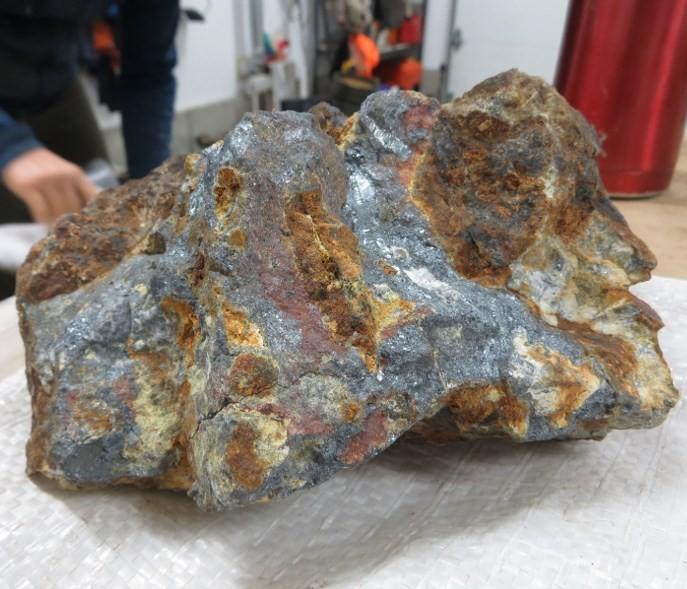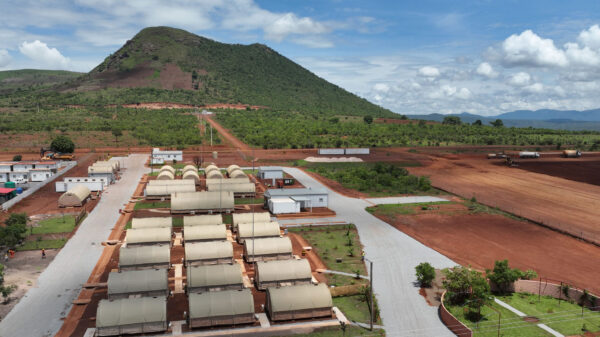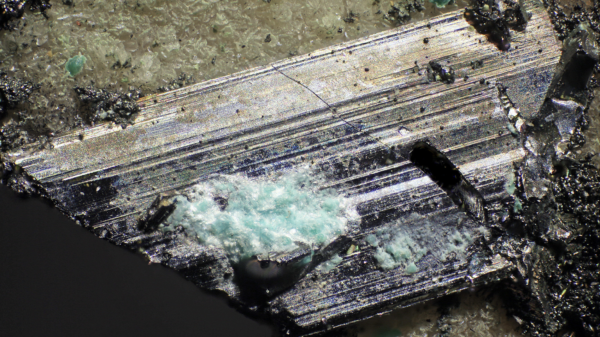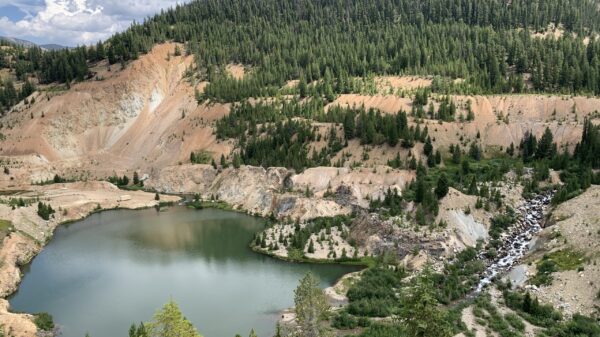Critical minerals like antimony have grown in considerable importance over the past six months.
This hasn’t been exactly a new phenomenon, though. It’s really been over the past few years, ever since United States manufacturers discovered that the majority of the minerals they require for producing their products were owned almost entirely by the Chinese government.
That’s produced something of a geopolitical football that’s recently been blown up to something resembling a national security emergency by the arrival of a certain United States president with a fascination with executive orders and a love for slapping any country that he’s perceived has side eyed him with tariffs.
Now that China has effectively closed its door to these critical minerals, it’s forced Trump to look elsewhere and in an uncommon stretch of consistency, he’s actually decided to keep with at least one campaign slogan—American First.
That means companies operating in the United States can see some solid opportunities. Everyone else gets to pay tariffs.
That’s why news like Antimony Resources Corp (CNSX: ATMY) (FRA: K8J0) most recent find of antimony mineralization during its most recent drill campaign at Bald Hill Project in New Brunswick comes with some benefit.
The deposit hosts at least three antimony-bearing zones trending northwesterly. Drilling has defined mineralization over a 700-metre strike length to a vertical depth of 300 metres. Notably, Hole DDH08-03 intersected 4.51 metres grading 11.7 per cent antimony (Sb), including 2.29 metres at 20.9 per cent Sb.
The company plans to drill at least 2,500 metres of core in 2025 to expand the known zone, but also test other potential areas.
Read more: Promising antimony find in Nevada strongly positions NevGold Corp in minerals race
Read more: NevGold’s long intervals of antimony & gold mineralization turn heads
Antimony and critical minerals power much of modern life
At present, there’s a 25 per cent tariff on all critical minerals not coming from the United States, which includes antimony.
That, however, doesn’t negate the potential benefits of this find.
Canada is a major supplier of critical minerals to the United States, providing key materials essential for various industries, including defense and manufacturing. The imposed tariffs have raised concerns about potential supply chain disruptions and increased costs for U.S. industries dependent on these imports.
First, though, antimony is a brittle, silvery-white metalloid used in flame retardants, batteries, and semiconductors.
It’s used across a wide range of industries due to its versatile properties.
Its most common application is in flame retardants, where antimony trioxide enhances the effectiveness of halogenated compounds in slowing or preventing combustion in plastics, textiles, electronics, and construction materials.
The energy sector uses antimony to improve durability, charge retention and provide corrposive resistance for its batteries.
It also plays a key role in hardening alloys used in bullets, cable sheathing, bearings, and solders.
Furthermore, the glass and ceramics industry uses antimony compounds to remove bubbles and improve clarity. Importantly, it has strategic military value in munitions and armour-grade metals. This has led to its classification as a critical mineral by several governments.
Read more: NevGold pulls critical mineral antimony from Limo Butte property in Nevada
Read more: NevGold uncovers high-grade multi-metallic mineralization in Idaho
Antimony occurs frequently with gold projects
Antimony frequently co-occurs with gold in various mineral deposits, particularly in regions with Carlin-type and epithermal systems. This association is evident in several notable mining projects across the United States.
One prominent example is NevGold Corp‘s (CVE: NAU) (OTCMKTS: NAUFF) (FRA: 5E50) Limousine Butte Project in Nevada.
Recent exploration has revealed significant antimony mineralization alongside gold, with surface samples containing up to 10 per cent antimony. Additionally, geologists have identified a 3 km by 1 km geochemical anomaly in the Resurrection Ridge area, where the highest concentrations occur.
Furthermore, the project’s historical exploration dates back to the 1940s and 50s. It also initially targeted antimony, leading to the subsequent discovery of gold mineralization.
Another significant site is the Stibnite Gold Project in Idaho, managed by Perpetua Resources Corp. (NASDAQ: PPTA) (TSE: PPTA). This project hosts the largest known antimony resource in the U.S. The company also projects that it will produce over 4 million ounces of gold over its 12-year mine life.
.
NevGold Corp is a sponsor of Mugglehead news coverage
.















Sajid amir Khan
September 2, 2025 at 7:41 am
Hi friends how are you i I hope you’re good I sell for islet stone and you contact me My WhatsApp number +923109076315 I hope you contact me and I’m waiting for you
Sajid amir Khan
September 2, 2025 at 7:42 am
Friend what is your WhatsApp numbers you send me your WhatsApp number I tell to talk to you okay just I wait for you